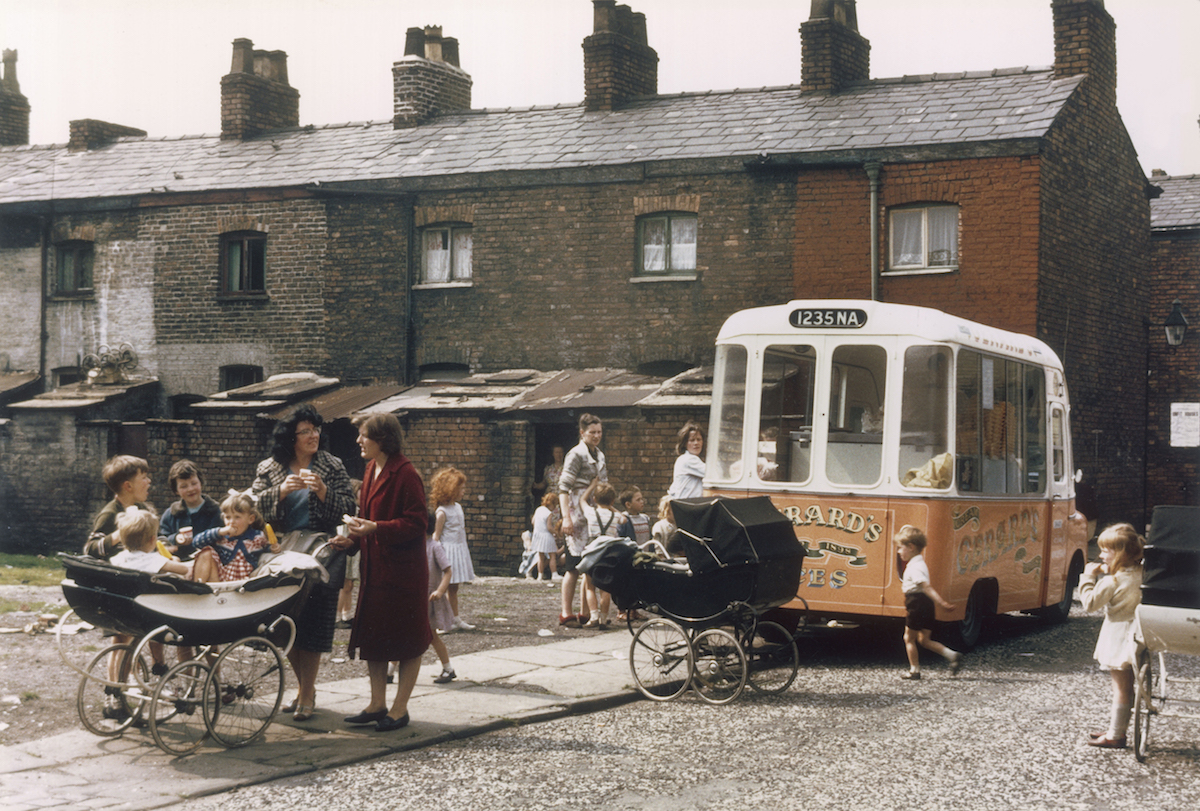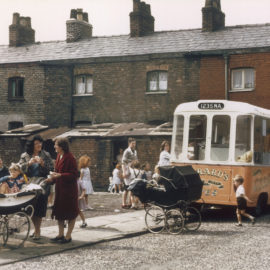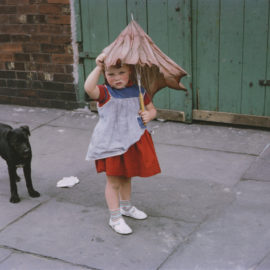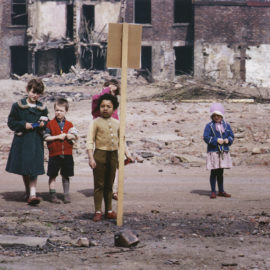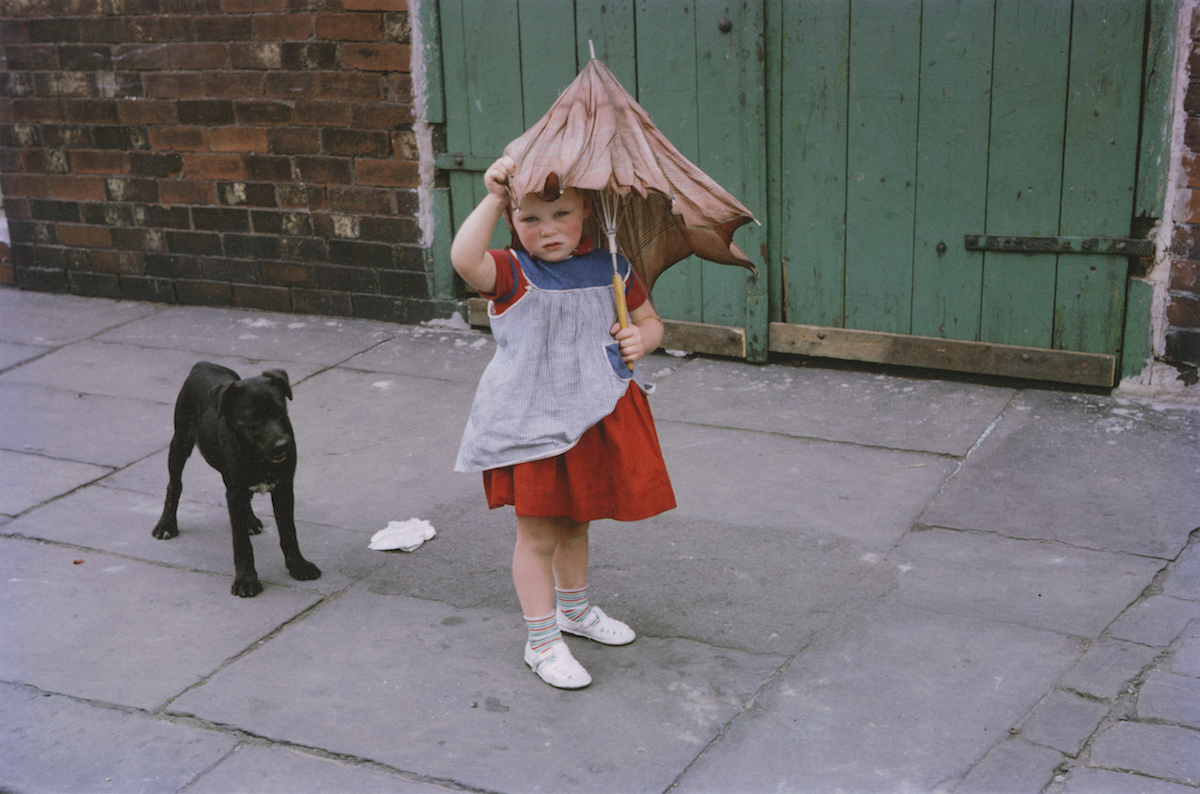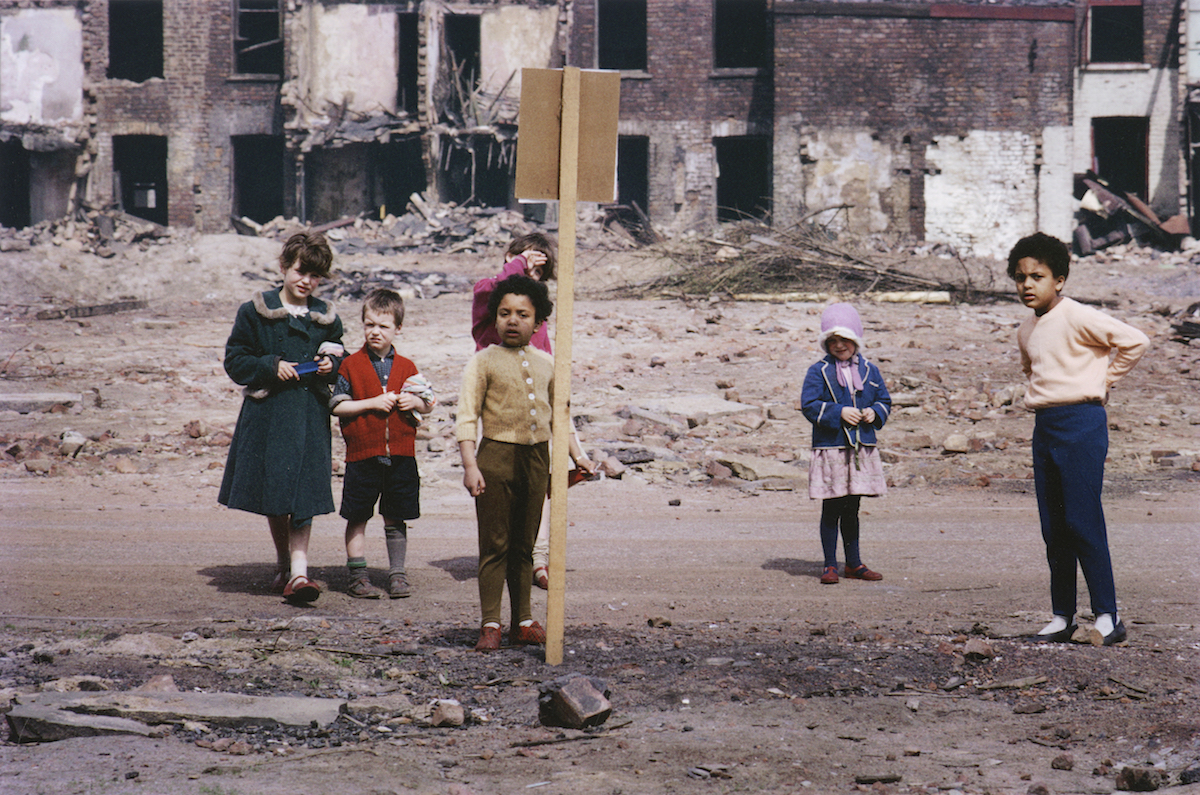A photograph of Lee Miller bathing in Hitler’s bathtub opens the Barbican’s Postwar Modern: New Art in Britain 1945–1965 exhibition, which opens today. The image frames Miller gently sponging herself, her battered, black boots coating the floor with the filth of Dachau, which Allied soldiers liberated only the day before. Life magazine’s David E Scherman captured the war photographer in Hitler’s apartment on 30 April 1945 – the day the Nazi leader died by suicide. The pair were embedded with soldiers of the 45th division when they discovered the Munich apartment. Miller’s pose, monumentalised in several frames (including the one exhibited), is symbolic of the complete defeat of the dictator. “The postwar era is announced, in my view, by Lee Miller staging herself in Hitler’s bath,” says Jane Alison, the exhibition curator and head of visual arts at the Barbican. “It is an extraordinary fuck-you, an audacious document of postwar performance art.”
The photograph is an apt way to begin an exhibition devoted to re-examining art created in Britain during the two decades following the Second World War – a time when the world reckoned with the aftermath of a brutal conflict and a systematic genocide, which collectively claimed the lives of tens of millions. The postwar era was also historically significant with myriad hostilities and upheavals, including the advents of the Cold War, the Vietnam and Korean Wars and the ‘era of decolonisation’.
The transformational period provided fertile ground for artistic innovation. Abstract expressionism, pop art, and minimalism emerged after the Second World War. However, these movements are most readily associated with the US. “Too often, the postwar era has simply been regarded as a prelude to pop, or there has been an over-emphasis on the tired argument of figuration versus abstraction,” says Alison. “I felt that we could counter the idea of Britain being a cultural backwater. I thought there was a new story to tell, one that took adequate account of the impact of the war and its global aftershocks, the contribution of migrant artists to the UK, and also women artists.”
The exhibition comprises the work of 48 artists with 200 individual works spanning painting, sculpture, photography, collage and installation. Photography features heavily throughout, with work from Shirley Baker, Bert Hardy, Bill Brandt, Nigel Henderson, Roger Mayne and Lee Miller. “Looking at this period afresh was an opportunity to show photography alongside painting and sculpture as equally significant,” continues Alison. Work by well-known postwar British artists, such as Lucian Freud, David Hockney and Francis Bacon, sits alongside artists who arrived in Britain as refugees fleeing Nazism, such as Frank Auerbach and Franciszka Themerson. The work of artists who migrated from Britain’s crumbling empire is also on show – including Francis Newton Souza and Aubrey Williams. So is that of women artists, previously marginalised in histories of the period.
Fourteen thematic sections divide the show – subjects that preoccupied artists in the postwar period. For instance, the ‘post-atomic garden‘ hones in on the wounded postwar landscape littered with bomb site craters. The section includes photographs by Hardy, capturing a bombed-out Birmingham with children playing and women struggling with buggies. Meanwhile, ‘two women’ spotlights work by two female artists lacking recognition: the painter Eva Frankfurther and Baker, whose colour images are mesmerising. “Photography is very much part of the ‘new’ in the postwar period,” says Alison. As evidenced by the images on show, it provided a powerful artistic medium for practitioners to capture the events and mood of the era.

